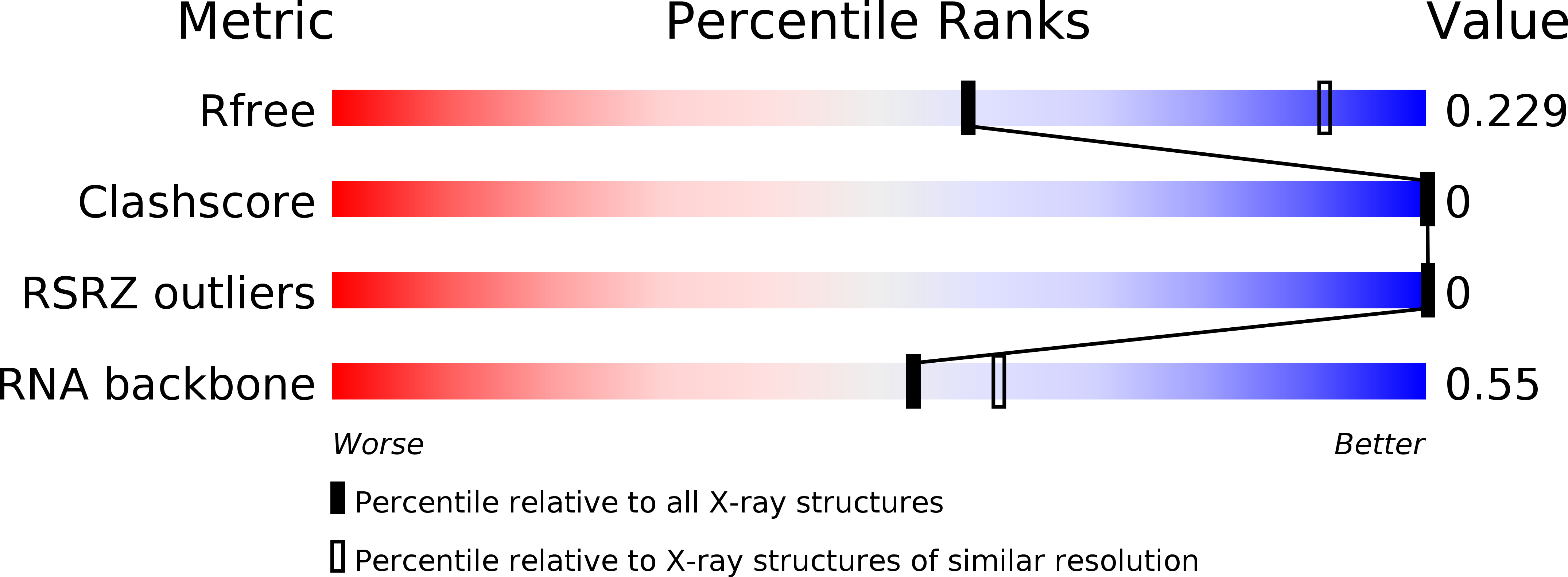
Deposition Date
2008-09-15
Release Date
2009-08-18
Last Version Date
2024-05-08
Method Details:
Experimental Method:
Resolution:
2.90 Å
R-Value Free:
0.22
R-Value Work:
0.18
R-Value Observed:
0.18
Space Group:
P 21 3


